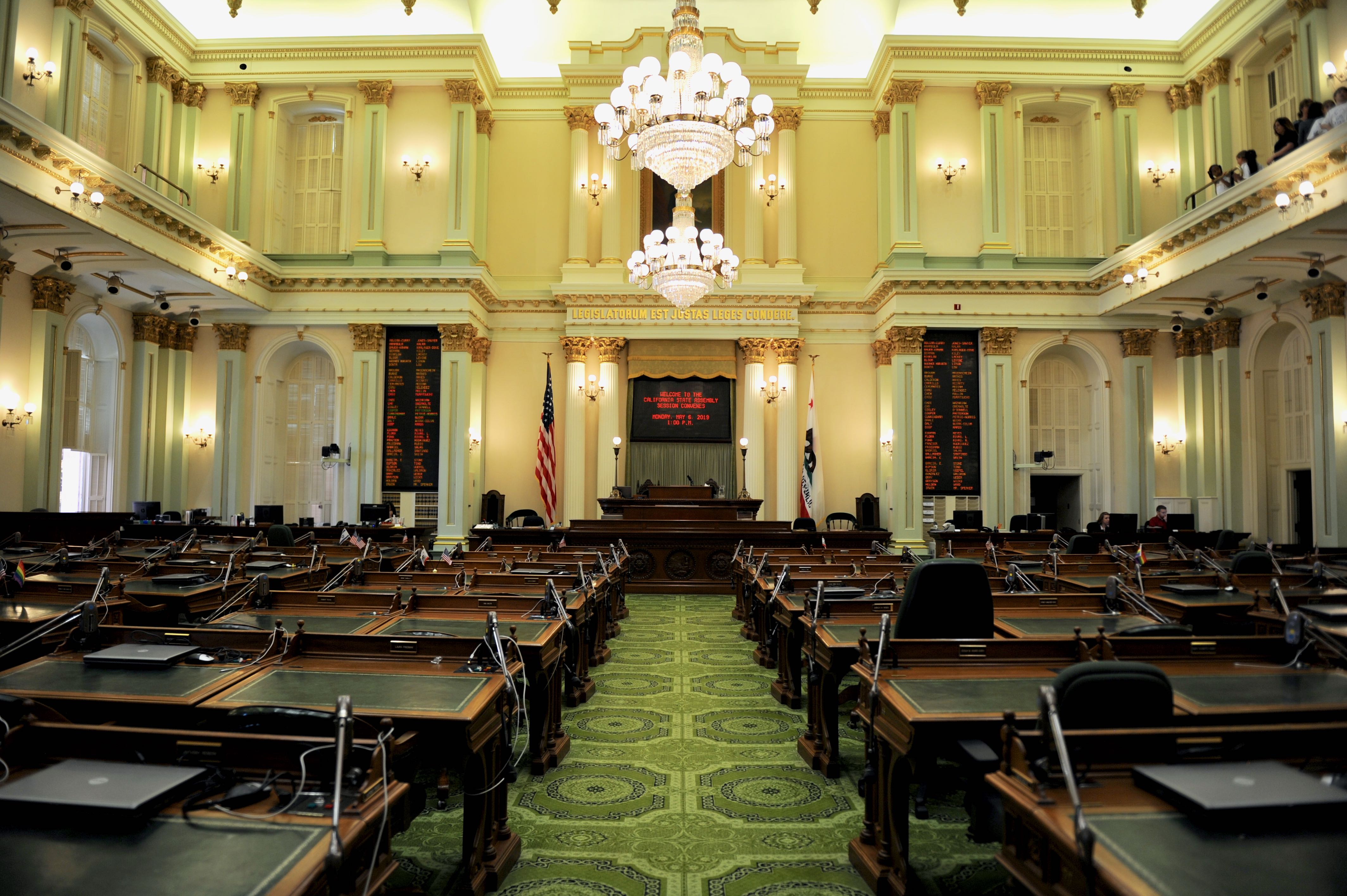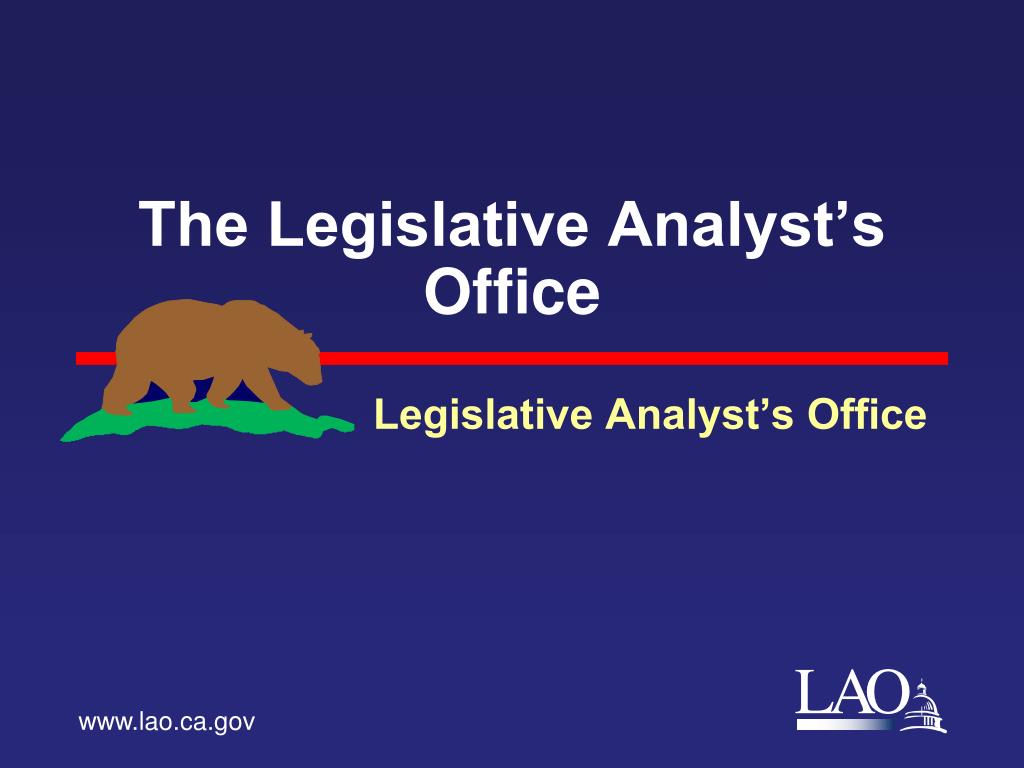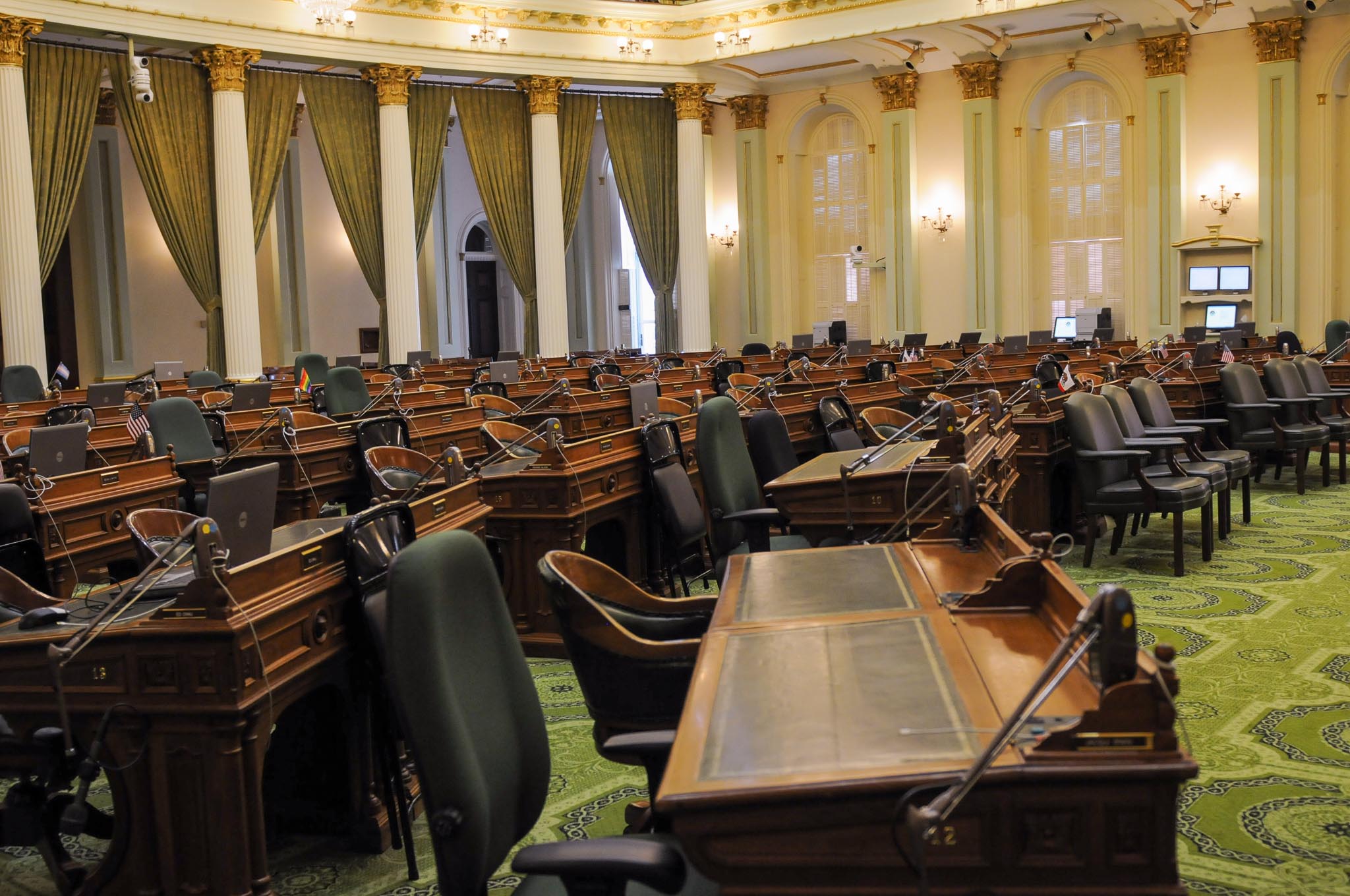
California State Capitol. (Photo: Kevin Sanders for California Globe)
Overview of California’s Legislative Publications
Don’t forget The Weekly Histories
By Chris Micheli, June 28, 2019 2:30 am
There are a number of publications that are regularly used by the California Legislature. Of note is that several of these publications are specified in the California Government Code. Article I, Sections 9700-9708, deals generally with legislative publications. As an overarching provision, all printing for the Legislature and the individual houses is governed by the individual rules of the State Senate and the State Assembly, as well as their Joint Rules.
The Secretary of the Senate and the Chief Clerk of the Assembly are charged with printing all of the legislative bills, resolutions and constitutional amendments proposed by their respective members. All of the legislative printing is done by the State Printing Office (SPO), which is required by statute to print the laws, including initiative measures, as well as any other printing that is ordered by either the Senate or the Assembly.
By statute, the officers of the Assembly (their names and titles) must appear on the front of all Assembly publications. There is no such statutory requirement for the officers of the Senate; however, the same procedure is used in that house.
Article 2, Sections 9720-9724, deals with the Daily Journals of the Assembly and Senate. These, too, must be published by the State Printing Office. At least one copy of each Daily Journal of the Assembly and Senate must be authenticated. After the final adjournment of the Legislature, the Journals for the entire session are bound and provided to the Secretary of State’s Office.
Article 3, Sections 9740-9744, deals with the Legislative Manual. The Senate Secretary and Assembly Chief Clerk must compile a legislative manual or handbook in December of each even-numbered year. The Manual must include state officers, members and officers of both houses, lists of committees, rules of both houses, as well as the joint rules, and other information deemed to be of use to legislators. The Manual is provided to each legislator and elected state officer, as well as libraries.
Article 4, Sections 9760-9768, deals with preparation and printing of statutes. When a law is signed by the Governor, the State Printing Office must be notified of the law’s enactment. The SPO prints a sufficient number of copies of the law, as well as resolutions. Legislative Counsel provides the SPO with any new or revised codes, which are then printed in a bound volume of the Statutes from that Legislative Session. The Department of General Services (DGS) directs the preparation of the Statutes after the Legislature’s session concludes.
Preparation of the Statutes includes making an Index and Statutory Record. The date of approval, as well as the effective date of each act, must be prefixed to the text of the statute. Pursuant to the Government Code, the beginning of each volume of the Statutes must include specified information. Existing law also requires the Statutes to be “bound in law buckram binding.”
Article 5, Sections 9790-9792, deals with the distribution of statutes and legislative publications. The Department of General Services must maintain a bill-filing room for the Senate and Assembly (currently found in the basement of the old section of the State Capitol) and file all bills, resolutions, journals, and other documents. DGS must also distribute copies of laws, resolutions and journals to specified elected officials and libraries. All other copies are sold to members of the public.
Article 6, Section 9795, deals with agency reports to the Legislature. Any report required or requested by law that is submitted by a state or local agency to the Legislature must be submitted as a printed copy to the Senate Secretary, as an electronic copy to the Assembly Chief Clerk, and as an electronic or printed copy to the Legislative Counsel. Each report must contain a 1-page executive summary. Legislative Counsel must make available a list of the reports submitted by state and local agencies. State agency reports must be downloadable from the state agency’s Internet website.
They have the same names and are intended to serve the same purposes, but when we look more closely, there are several differences between the Senate and Assembly legislative publications. The Assembly Daily Journal and the Senate Daily Journal are similar because they simply document the major actions of the committees and floors of each house. However, the Daily Files and the Weekly Histories do have differences.
Daily Files
The Daily Files set forth the agendas of the Senate and Assembly and they contain information such as committee hearing notices and measures eligible for floor action. When you pick up a hard copy, or review on the Internet, the Assembly Daily File and the Senate Daily File, a reader will notice that they are substantially similar. Nonetheless, to the discerning eye, while some items may be the same, other aspects are different and the order that the information is presented is slightly different. As such, let’s take a look in detail at these publications:
The Senate Daily File is the agenda for all Senate business for each legislative day. Agendas for policy committee meetings along with what measures are eligible for floor actions are listed. Also included are policy committee memberships, the number of measures introduced, deadlines, and a session schedule.
The following are the contents, in order, of the Senate publication:
Officers of the Senate/Senate Order of Business
Members of the Senate, Names, Addresses, and Phone Numbers
Senate Floor Seating Chart
Standing Committee Membership
Committee on Legislative Ethics Membership
Select Committee Membership
Subcommittee Membership
Joint Committee Membership
Subcommittee of Joint Committee Membership
Weekly Committee Schedule
Legislative Calendar
Holiday Schedule
COMMITTEE HEARINGS
FLOOR
Order of Bills Considered:
Senate Second Reading
Assembly Second Reading
Reconsideration
Unfinished Business (Concurrence)
Senate Third Reading
Assembly Third Reading
Consent
The Assembly Daily File contains the Officers of the Assembly, the Order of Business, the tentative schedule for the entire legislative session, as well as the bills that are scheduled to be heard on the floor and during committee hearings. There are also Daily File publications for Extraordinary Sessions once convened.
The following are the contents, in order, of the Assembly publication:
Assembly Order of Business
Legislative Calendar
Assembly Member Room Number and Phone List
Standing Committee Membership
Subcommittee Membership
Select Committee Membership
Special Committee Membership
Joint Committee Membership
Subcommittee of Joint Committee Membership
COMMITTEE HEARINGS
FLOOR
Order of Bills Considered:
Assembly Second Reading
Senate Second Reading
Unfinished Business (Concurrence)
Reconsideration
Assembly Third Reading
Senate Third Reading
Consent
Daily Journals
The Senate Daily Journal is the official record of business for the Senate and is published on a daily basis. The Journal lists bill introductions, parliamentary motions, and roll call votes in policy committees and on the Senate Floor. Any official action taken by the body is recorded in the Senate Daily Journal.
The Assembly Daily Journal is the official record of business that has been transacted in the Assembly on a daily basis. This publication shows all roll call votes, notes parliamentary motions, lists bill introductions, and records any other official actions taken by the Assembly.
Weekly Histories
The Weekly Histories are a publication of the Assembly and Senate that give a comprehensive list of all actions taken on every bill and is published weekly by each house. Like the Daily Files, when you pick up a hard copy, or review on the Internet, the Assembly Weekly History and the Senate Weekly History, a reader will notice that they are substantially similar, but there are other aspects that are different and the order that the information is presented is slightly different. As such, let’s take a look in detail at these publications:
The Senate History shows all actions taken on measures from the start of the legislative session. It contains detailed actions taken on Governor’s appointments requiring Senate confirmation. Also, the History is a source for several useful charts such as tracking member bill limits, chapters and vetoes.
The following are the contents, in order, of the Senate publication:
ACTIONS TAKEN
Disposition of Senate Measures
Table of Daily Introductions
Senate Bills
Senate Constitutional Amendments
Senate Concurrent Resolutions
Senate Joint Resolutions
Senate Resolutions
Governor’s Appointments
State Bar Appointments
Attorney General Appointments
Senate Measures Listed by Author
Senate Measures Listed by Committees
Tribal State Gaming Compacts
RECAPITULATION
Senate Bills Enrolled and to the Governor
Senate Bills Chaptered and Filed
Chaptered Numbers of Senate and Assembly Bills
Senate Constitutional Amendments Chaptered and Filed
Senate Concurrent Resolutions Chaptered and Filed
Senate Joint Resolutions Chaptered and Filed
Senate Resolutions Adopted
Chaptered Numbers of Senate and Assembly Resolutions
Vetoed Measures
Resolutions Adopted Relative to the Standing Rules
SENATE MEMBERSHIP AND ORGANIZATION
Standing Committees of the Senate
Committees on Legislative Ethics
Select Committees of the Senate
Subcommittees of Senate Standing Committees
Joint Committees
Subcommittees of Joint Committees
Boards, Commissions, and Councils
Senators’ Committee, Board, Commission, and Council Memberships
List of Senate Members
The Assembly History is a publication that gives a comprehensive list of all actions taken on every bill. It is published in weekly volumes by the Assembly. Legislation dating back to 1850 can be viewed using the Assembly Chief Clerk’s archive publication feature.
The following are the contents, in order, of the Assembly publication:
ASSEMBLY MEMBERSHIP AND ORGANIZATION
Disposition of Assembly Measures
Members and Officers of the Assembly
Diagram of the Assembly Chamber
Standing Committees of the Assembly
General Research Committees
Special Assembly Committees
Subcommittees of the Assembly Standing Committees
Joint Committees
ASSEMBLY MEASURES
Assembly Bills
Assembly Constitutional Amendments
Assembly Concurrent Resolutions
Assembly Joint Resolutions
House Resolutions
Tribal−State Gaming Compacts
Governor’s Appointments
Disposition of Assembly Bills
Disposition of Assembly Constitutional Amendments
Disposition of Assembly Concurrent Resolutions
Disposition of Assembly Joint Resolutions
Disposition of House Resolutions
APPENDIX
Assembly Measures Listed by Authors
Measures Listed by Original Committee Reference
Other Publications
The Legislative Index and Table of Sections Affected, Prior Sessions are final editions of the Legislative Index (it provides a subject matter index of all legislative measures for the current legislative session) and Table of Code Sections Affected (it provides an index of each section of the California Constitution, codes and uncodified laws affected by measures introduced) from the 1999-2000 to 2015-2016 Legislative Sessions.
The Statutory Record provides an index of each section of the California Constitution, the Codes and the uncodified laws affected by measures enacted by the Legislature or passed by the voters. The Statutory Record indicates the year and chapter or proposition number of the affecting measure and is cumulative for a 10-year period. The Statutory Record is published in the Summary Digest by the Legislative Counsel.
The New Laws Report is a list of all bills enacted in a calendar year during the Regular Session of the Legislature. The list identifies the bill and chapter number, lead author, and the subject of the measure.
The Legislative Handbook contains the biographies of all current legislators and legislative officers; committee names and memberships; the Assembly Rules, Senate Rules and Joint Rules; and lists of State Officers, accredited press representatives, legislative sessions, and Governors of California. It is published at least once every two-year session pursuant to the Government Code.
California’s Legislature is an in-depth introduction to the legislative process and state government. This heavily illustrated book is an excellent resource for students, lobbyists, state employees, and the general public. Topics include state history, constitutional and election law, term limits, state emblems, legislative procedure, the executive and judicial branches, and a legislative glossary.
Agency Reports provides a list of reports by various state and local agencies that are required or requested to be submitted to the Legislature, the Governor or both. These are maintained pursuant to the Government Code.
- Change of Name in California - December 9, 2025
- Bond Elections and Harbor Improvement Bonds - December 8, 2025
- ‘Bottomry’ in California - December 8, 2025




